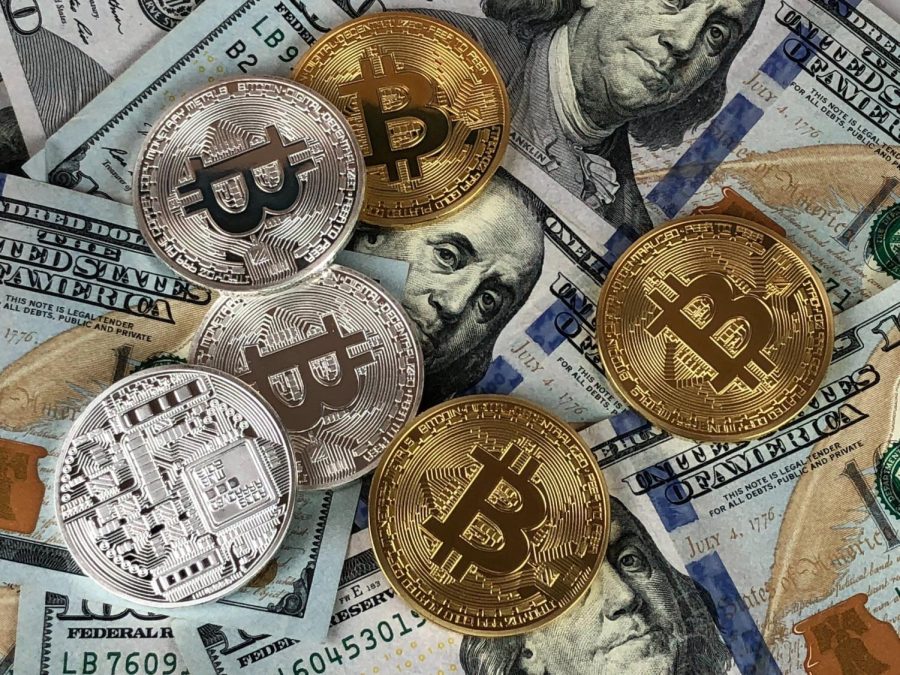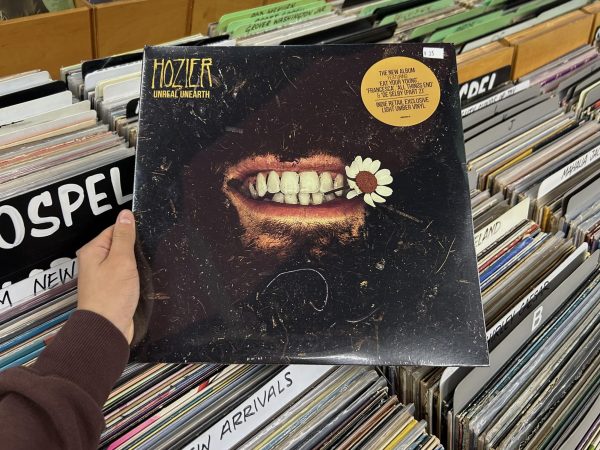Cash or Credit?
January 11, 2023
Currency has been around as long as humans. Whether it was through the trading of goods or hard currency, one thing has always stayed the same: money is physical. A physical, inanimate object exchanged for goods and services. Only until recently has this changed.
The first ever credit card was introduced in 1950, with the first debit card believed to be made in 1966. Less than a decade later, credit and debit can be found anywhere in the world. In fact, it is hard for someone to efficiently pay for all their necessities without using a credit card in today’s economy. Is there a reason why the world has taken up credit cards so suddenly?
Cards are much more efficient than money. Having hundreds of dollars in cash makes it hard to keep track of each bill. Meanwhile, keeping track of a singular card that holds hundreds is much easier. Safety is also a key factor. If a bill gets stolen, it can immediately be used with no way of tracking it. A card is under a name, can be deactivated, requires a pin, and banks themselves take initiative to disallow any shady purchases.
On top of being the safer option, cards are gaining the public’s favor. Out of a group of 20 seniors at FMHS, 18 said they prefer using cards or digital payment methods, such as Apple Pay, instead of cash. Their reasons included practicality, organization, and ease of receiving and paying money. They have grown up alongside credit cards and digital payment methods all their lives, so it is the norm for them to use cards in their daily lives. That norm did not exist 50 years ago.
The world adapts to changes in the way payments can be made. The first contactless tap to pay option was invented in 1995 in Seoul, South Korea, and in just about 20 years, contactless payments are used globally. To put things in perspective, Apple Pay alone can be found in 74 countries worldwide. With all of this fast-paced adaptation on a global scale, it begs the question of what the future has in store for its money.
The latest in digital currency, cryptocurrency, has been making its global breakthrough. Bitcoin, the world’s leading cryptocurrency, came out in 2009 and was the first decentralized currency. This means that it does not require a bank to make payments, so it can be used internationally with no transaction delay period. Cryptocurrency could very well be the next global standard for currency. Bitcoin’s first competitors, Namecoin and Litecoin, were created in 2011. Today, there are 1,583 cryptocurrencies in use around the world. Although some might not be worth as much as the leading currencies, the massive growth in popularity is evident.
At the end of the day, the way that someone chooses to pay for their necessities is up to them. There is no right or wrong. However, the world will keep adapting. More options in payment are available today than ever before, and that margain will likely continue to grow. Students paying for their school lunch in cryptocurrency may seem outrageous to us today, but the same could’ve been said 50 years ago about paying for a meal by simply pressing your phone against a card reader. Our economy adapts faster and faster as technology continues to improve. In the next decade or so, there will likely be a new currency norm in the world. Only time will tell how our future generations will be paying for their groceries.












